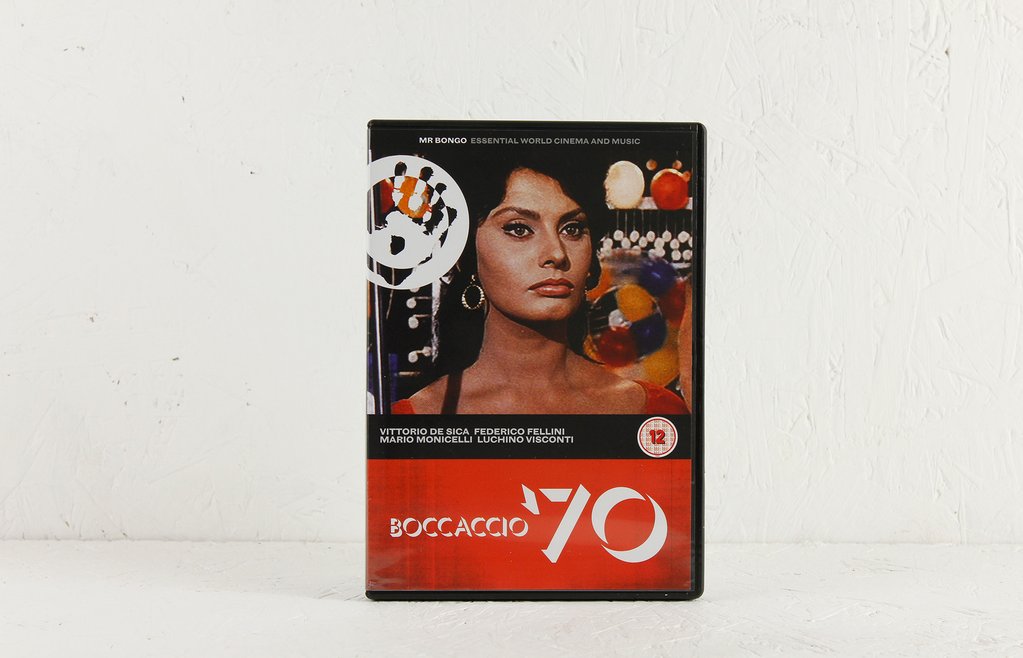
Few European film-makers combined artistic ambitions with a genuine populist spirit in the manner of Vittorio De Sica. In his prolific career, the actor-director made many films on social subjects which nonetheless engaged a mass audience. A Neapolitan by birth, De Sica came from humble roots, working as a theatre actor in the early 1920s. His stage success led De Sica to films where he proved to be a popular actor, mounting more than thirty film credits before his directorial debut with Rosa Scarlatte (which he co-directed with Giuseppe Amato). Even after his success as a director, De Sica was a much sought after performer; appearing in such classics as Max Ophüls’ Madame de… and Roberto Rossellini’s Il Generale della Rovere.
De Sica’s fourth outing as a director was his first collaboration with screenwriter and film theorist Cesare Zavattini. The Children Are Watching Us anticipated neorealism in its detached focus on a young boy’s growing isolation from his mother. De Sica’s skill at directing actors, especially children, is strongly borne in this film and in Shoeshine one of the earliest neorealist films. A story of the friendship between two boys who sell shoes for a living in post-war Rome, the film received a special Oscar at the Academy Awards and earned praise from Orson Welles and Luis Buñuel. The Bicycle Thief, made in 1948 became one of the most successful Italian films of all time as well as the representative work of Italian neorealism. Inspired by Charlie Chaplin’s films as well as King Vidor’s The Crowd, De Sica made use of a non-professional cast and on-location shooting to create an indelible portrait of post-war depredation. The fable-like simplicity of a man whose life is thrown in disarray after his bicycle is stolen struck a chord with audiences around the world and remains constant in the repertoire of international cinema to this day.
Umberto D is often regarded by some commentators as the final neorealist film; a tragicomic portrait of a lonely old man’s bitter struggle to maintain his home. The Gold of Naples was a multi-episode comedy, boasting a cast that comprised of actors such as Silvana Mangano, Eduardo De Fillippo, Paolo Stoppa,Totò, and a young actress whom the director discovered – Sophia Loren. One notable episode featured De Sica himself; the role of a Count who struggled with a severe gambling addiction. This was an ironic self-parody of De Sica’s real life gambling woes. Frequently strapped for cash, he often took purely commercial assignments (such as David O. Selznick’s international production Terminal Station) merely to cover his growing debts. His personal efforts in this difficult period included The Roof, a neorealist love story of a couple struggling to find a home to live in.
He would return to form with a series of collaborations with Sophia Loren. La Ciociaria (Two Women) adapted from a novel by Alberto Moravia is notable for its sobriety in dealing with the rape of women during wartime. Sophia Loren’s performance was especially commendable and she won an Oscar for Best Actress, the first time the award was given to an actress in a foreign film. The Lottery, De Sica’s contribution to Carlo Ponti’s omnibus Boccaccio’70, was a satire of Italian machismo starring Loren as a carnival worker who offers herself as a prize at a fairground lottery. Marriage Italian-Style, which paired Sophia Loren opposite Marcello Mastroianni, was a ironic examination of marriage. The film’s refinement and its powerful sense of time passing marks it as a deeply personal film. However, these late triumphs were brief and with the exception of the 1970 The Garden of Finzi-Continis, De Sica’s final period was one of slow decline. Yet nearly forty years after his death, his best films survive as part of an artistically rich period in film history.
There are no products in this collection.